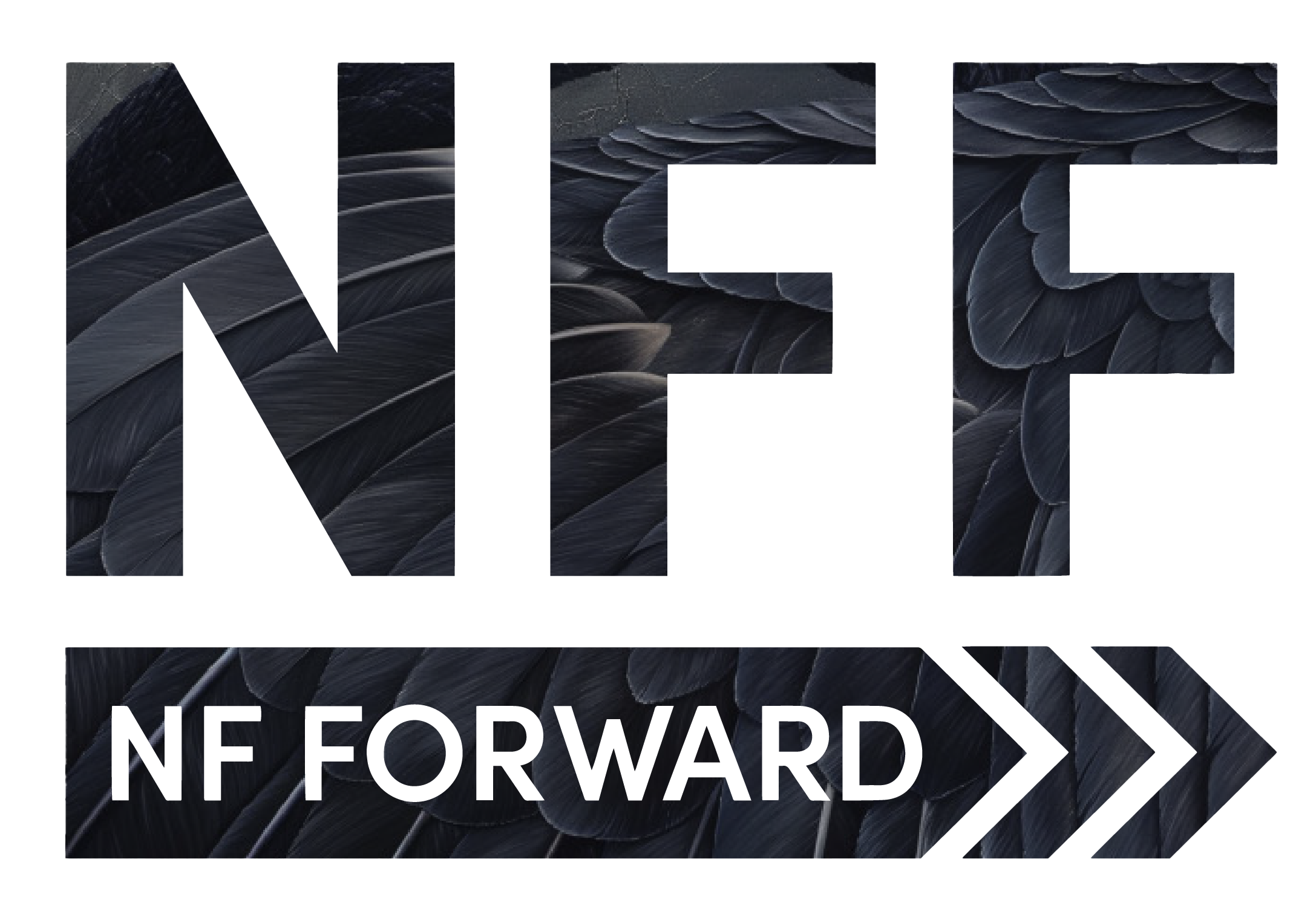Understanding NF
What Is NF?
Neurofibromatosis type 1, also known as NF1, is a genetic disorder that causes tumors to grow on nerve pathways anywhere in the body. It affects 1 in every 2,500 people throughout the world, and is more common than cystic fibrosis, Duchenne muscular dystrophy and Huntington’s disease combined. NF can be inherited or be the result of a spontaneous mutation.
There are three types of neurofibromatoses – Neurofibromatosis type 1 (NF1), NF2- related schwannomatsis (NF2-SWN) and Schwannomatosis (SWN). NF1 is the most common type, and is the primary focus of NF Forward’s efforts. Early signs of the disorder include multiple café au lait (light brown) skin spots, freckling in the armpits or groin, and/or neurofibromas (small benign growths) on or under the skin. Tumors may develop in the brain, on the spinal cord, and/or on nerves all throughout the body. While NF tumors are generally not cancerous, they can cause significant deformities, blindness, and other health issues by impacting nearby body tissue. Sometimes benign tumors can become malignant. About 50% of people with NF1 also have learning challenges.
NF1 is usually diagnosed in childhood. It manifests very differently from person to person, including in biological siblings. At present, there is no way to predict who will develop which features of the disease and how severe those features will be.
For more information about NF, contact the Children’s Tumor Foundation – www.ctf.org
